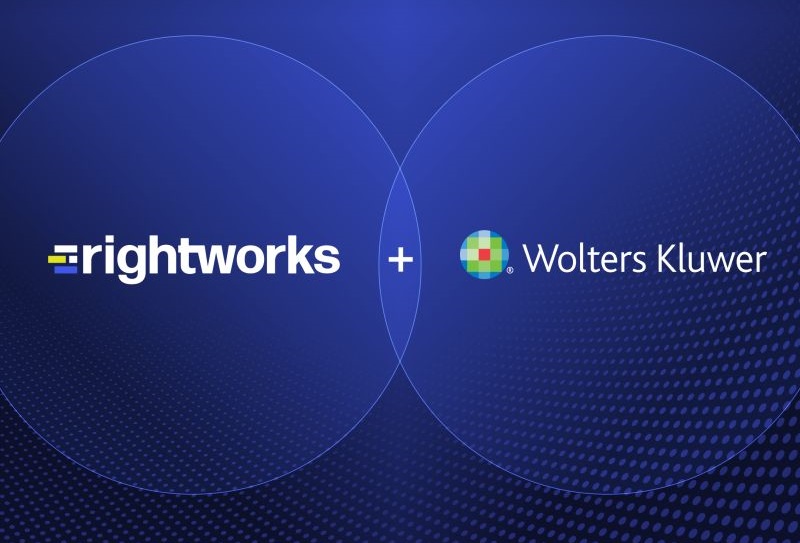Column: Putting the i in Practice
You may not have noticed, but there’s [another] gold rush going on. This time it’s about “apps” and the goal, like all land grabs, is to get there first and stake your claim. As usual, I’ll first spend some time looking at history to help refine our future vision. The tax and accounting profession changed very little in the 100 years before about 1970. Then, as the saying goes “all hell broke loose.” We’ve been absorbing major waves of change in shorter and shorter intervals ever since. In 1993, the University of Illinois released “Mosaic,” the first Internet browser. Little did they, or anyone else for that matter (except perhaps Timothy Berners-Lee), realize what a powerful genie they had unleashed. Soon the rush was on. It started with being the “first” to launch a “homepage” and soon morphed into a mad scramble for domain names.
Our firm launched one of the first tax and accounting firm websites in the United States in 1993. For the first five years, it was a competitive advantage. But eventually, it became quite ordinary. So we updated to a new, more interactive website. At first, THAT was a competitive advantage but eventually it too became passé. The digital “presence” emerged and smart firms began moving into social media. We’re now nearly through the “social media/networking” wave. The smart practitioners have learned, adopted technologies and adapted their practices to take advantage. A digital presence, once a huge competitive advantage, is rapidly becoming “table-stakes,” and is no longer a differentiator but rather only a disadvantage to the laggards who have yet to figure out that the world is changing, and to survive they’ll have to change with it.
So on to today’s “smart guys” — the ones who are quickly moving to MOBILE because they know it’s the “next big thing.” Rick Wagner, partner in charge of business development for Top 25 firm Eide Bailly, recently spoke with me regarding his strategy in releasing an Eide Bailly iPad app. Wagner sees the app as a big competitive advantage. The app is designed to provide easy access to much of the firm’s extensive, primarily static, information as well as to provide full employment and recruiting tools. “Look at the ever-growing number of iPad carrying college students; if we want them to consider Eide Bailly, what better way to demonstrate our commitment to technology than to communicate with them in their chosen manner? Besides, it’s cool!” said Wagner. Eide Bailly interviewed several outside contractors before deciding to develop the app internally. Wagner explained: “The outside cost was considerably higher than what we had expected, and our internal staff was very excited to work with the new technology, so we developed the app internally.” One major challenge was building a platform with the ability to seamlessly move from providing nearly all static information to one that would eventually also deliver dynamic data. Wagner said the firm did no formal research before deciding to build the app, but rather relied on common sense and “internal asks,” which resulted in a nearly 100% approval. The firm’s communication strategy includes “mobile” along with a redesigned website, social media and a series of topical blogs.
Another “smart guy” is Thomson Reuters’ Jon Baron who, last fall at their annual User Conference, described his vision of building “firm-branded” mobile apps for their customers. He explained that those “apps” would be built and provisioned much like today’s web-builder services in which customers design personalized website. He said his company is moving toward building such a tool. In an email earlier this year, Baron told me that development of the system is “on schedule” and further indicated that he “will be demoing it at the user conference this year.” At last year’s user conference, Thomson Reuters released “Mobile CS,” which provides firm’s using the Practice CS system an iPhone/iPad view into an extensive subset of their internal operational data.
And other “smart guys” have launched generic “app builder” platforms. I signed on to www.RedFoundry.com and had a working app built and ready to launch in under an hour. I admit it was ugly and not very useful, but it WAS an app!
Should you and your firm be considering an app? Perhaps not today, but certainly in the not-too-distant future. I recommend you stay current in the “mobile” world. Pay attention. Be aware. Talk to your clients. Talk to your kids. Buy an iPad. Experiment. Be ready. Don’t be left behind.
|
Thanks for reading CPA Practice Advisor!
Subscribe Already registered? Log In
Need more information? Read the FAQs
Tags: Software, Technology




